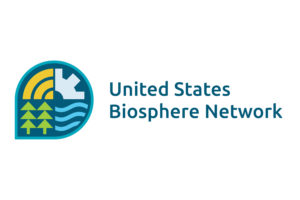First Workshop of the World Network of Mountain Biosphere Reserves in China
In a significant step towards advancing global conservation and sustainable development efforts in the World Network of Biosphere Reserves, the First Workshop of the World Network of Mountain Biosphere Reserves (WNMBR) was held from September 18 to 22, 2023, in Dujiangyan, Sichuan, China. Hosted by UNESCO’s Division of Ecological and Earth Sciences, the workshop saw active participation from more than 60 delegates representing mountain biosphere reserves across 17 countries, including the United States. Dr. Kelly L. Cerialo, the US Biosphere Network Coordinator and Co-Chair of the Champlain-Adirondack Biosphere Network, participated in the WNMBR workshop.



